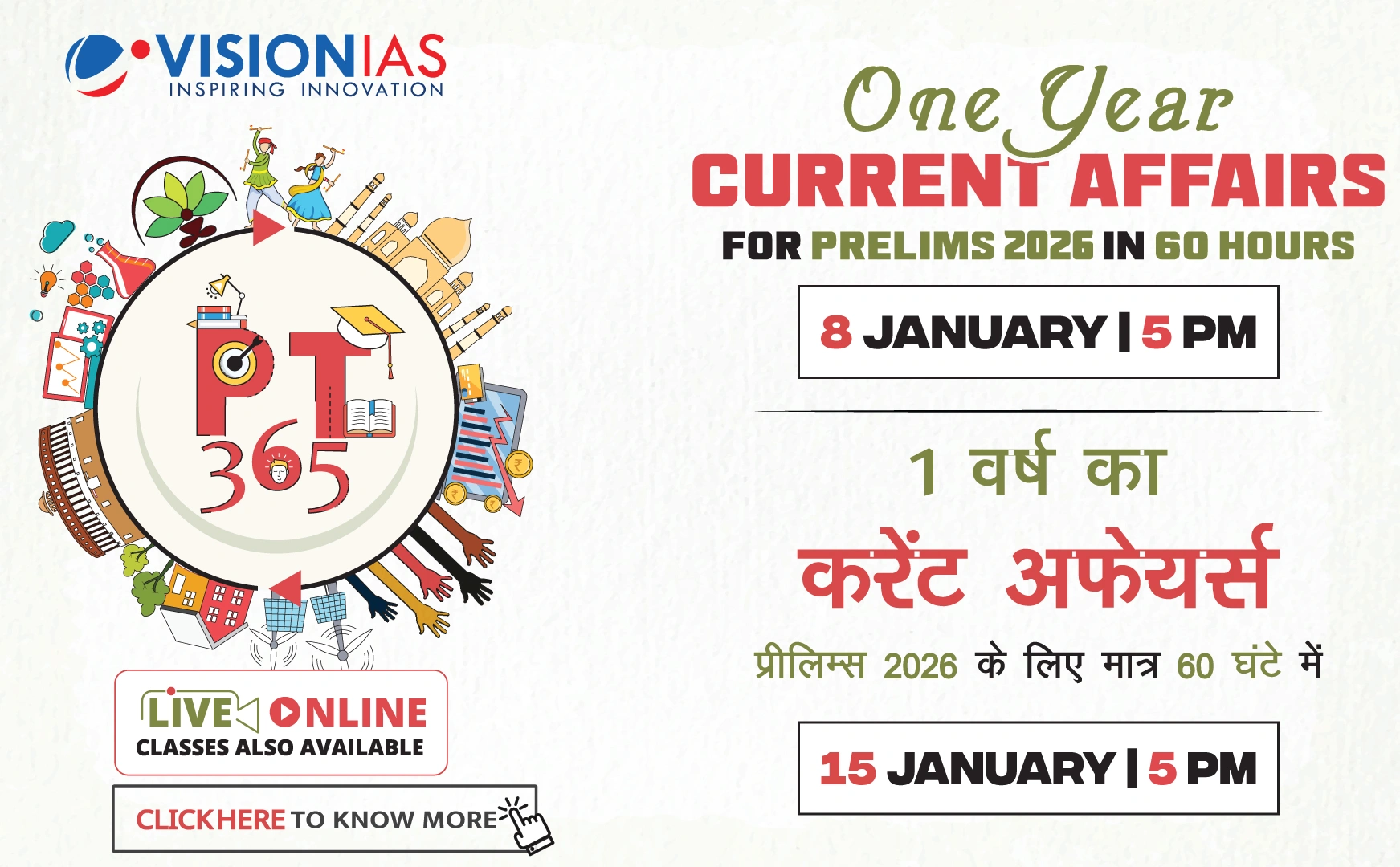Introduction to Vibe Coding
A new form of programming, termed as vibe coding, is emerging. It allows coders to describe the overall intent and desired behavior of software in plain language, and the code is automatically generated by a computer.
Comparison with Historical Technological Innovations
- Andrej Karpathy from OpenAI introduced the concept of vibe coding.
- This innovation is compared to the invention of the spinning jenny during the Industrial Revolution, which revolutionized cotton manufacturing by increasing output and reducing skill requirements.
Implications of Vibe Coding
Vibe coding, much like the spinning jenny, could increase productivity and reduce the skill requirement for software development.
Concerns and Comparisons with Indian History
The potential for displacement of a substantial portion of India's over five million computer programmers raises concerns, similar to the impact of the spinning jenny on Indian artisans.
- The IT sector is a major net foreign-exchange earner for India, with approximately $200 billion in export revenue.
- It also significantly contributes to urban development and consumer industries.
Historical Perspective: Y2K Crisis
The Y2K crisis, which required massive code modifications, became a pivotal moment for India's IT industry growth, creating opportunities for Indian tech giants like TCS and Infosys.
Potential Future Opportunities
There is a possibility that vibe coding could similarly transform the IT industry, creating new opportunities instead of the challenges experienced during the Industrial Revolution.
Conclusion
While vibe coding poses potential threats to existing jobs, it also holds the promise of new opportunities, much like the Y2K crisis did for India.





